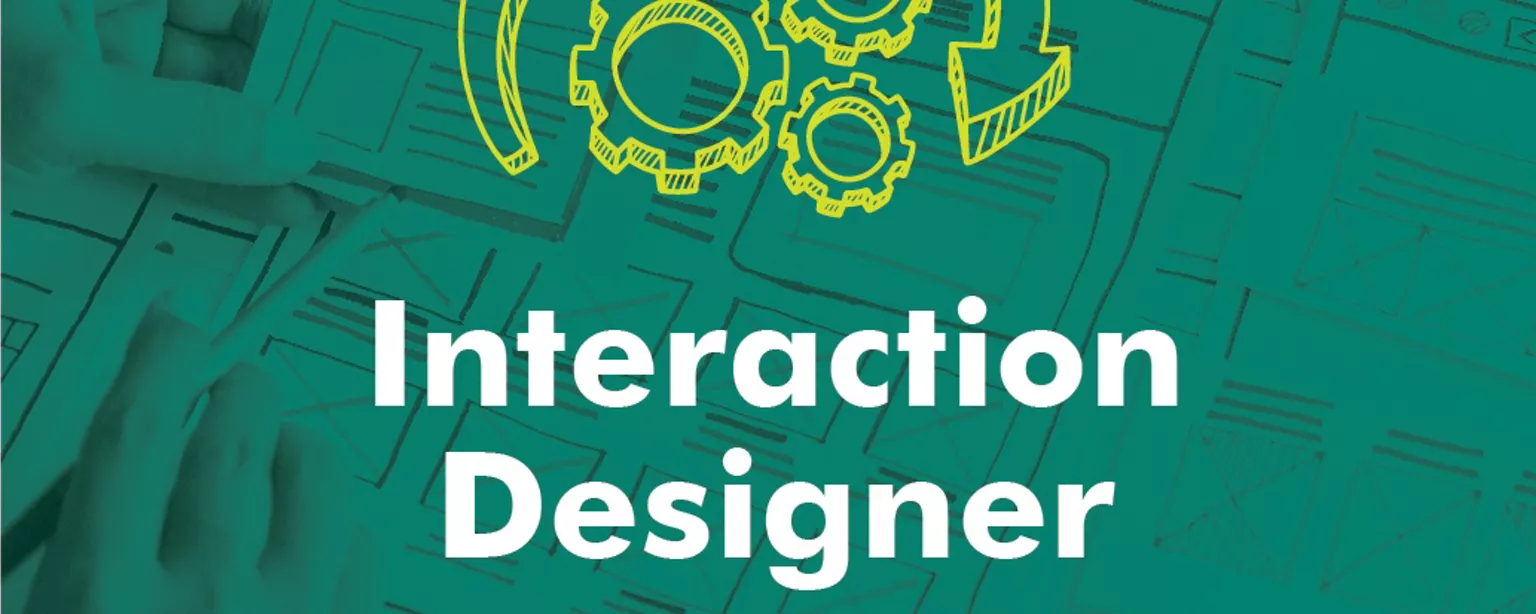Using words, visuals and user behaviors, it takes someone with a special skill set to foster meaningful exchanges between people and digital products. That’s why interaction designer is one of the most in-demand jobs in the creative industry right now.
Interaction design is closely related to the broader field of user experience (UX) design. Both work together on the development of websites and apps, but the interaction designer narrows the scope to focus on each individual moment of the customer experience, using logic and relationships between digital elements to help consumers complete actions in the most efficient and pleasant way possible.
It’s an interaction designer’s ability to understand a customer’s mindset that has resulted in creative agencies and other businesses becoming so eager to hire them.
According to Amy Mangan, division director of The Creative Group in Atlanta, it’s a job seeker’s market for professionals with these skills. “There remains an incredibly high demand for these candidates, and the competition among hiring companies is tough,” she said. “Organizations are moving swiftly and making aggressive offers to secure talent so they don’t miss out on the few qualified candidates in the market.”
Is this the job for you? Read on to discover more about interaction design — including salary benchmarks, job duties and required skills — so you can give yourself a competitive edge.
Interaction designer salaries
The high demand may give these professionals an advantage when it comes to compensation. So how much can you expect to earn in today’s market? Discover the midpoint starting salary for interaction designers in the latest Robert Half Salary Guide. You can also find the going rate for this position in your area.
Duties and expectations
Ultimately, the interaction designer is responsible for ensuring the end product meets the consumer’s needs in the best way possible. However, the exact responsibilities can vary depending on the size of the company and design team. For example, interaction designers may be called upon to perform customer research and persona development in small or midsize businesses — tasks that typically fall to UX designers at larger organizations.
Basic duties of an interaction designer include:
- Assisting with the development of product design strategy
- Determining customer goals and defining the product interactions necessary to achieve them
- Compiling user, business and technical requirements to create product information architecture
- Creating wireframes and prototypes that illustrate key product interactions
- Working with the core design team to develop layout and visuals
- Collaborating with the product development team to ensure an efficient customer journey
- Conducting product testing to identify problems and areas for improvement within the customer experience
- Presenting concepts to clients, leadership and design peers
- Staying up to date with industry trends and best practices
- Adjusting design concepts as consumer and market needs change
Professional experience and skills
Interaction designers should have a bachelor’s degree in a field like product management, business administration, engineering, digital communication, design or information systems. Many employers seek candidates with two to five years of experience in interaction design or related fields, such as graphic design and UX design.
Interaction designers are also expected to be proficient in industry-standard design programs like Adobe Creative Suite and Axure, used for wireframing and prototyping. Experience with Microsoft Office applications, particularly Word and PowerPoint, is useful in creating presentations for both internal teams and clients. Additional skills, including an understanding of graphic design principles and technical or coding proficiency, are a plus.
Beyond the competencies and experience listed on their resume, a solid interaction designer candidate should have a strong digital portfolio demonstrating their capacity to create work that engages users and showcases a variety of project types and audiences.
Because this role relies heavily on cross-team partnerships, soft skills are an absolute must. “Interaction designers must create compelling interfaces that seamlessly marry the visual design aspect of a site or app with functionality and usability,” Mangan notes. “Collaboration is key for interaction designers, as they are not only operating alongside the design and creative teams, but often with key stakeholders as well.”
Critical soft skills for this role include verbal and written communication, which is crucial for working between departments and with clients or end users. Alex Kreutler, a Columbus, Ohio-based division director with The Creative Group, adds that an outstanding interaction designer should be someone with “a logical thought process who isn’t afraid of complex problem solving and can anticipate what users want and need.” As the roles can be fast paced, interaction designers must also possess outstanding time management and organizational abilities.








